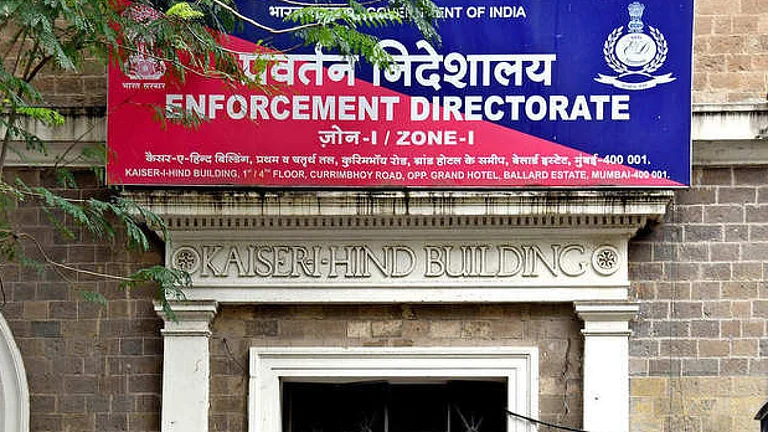This new year has brought some good news, both for the homebuyers and realty sector, as State Bank of India (SBI) cut its lending rate by 25 basis points. This would now mean that the home loans will be available at the rate of 7.9 per cent to female borrowers and 7.95 per cent to male borrowers. The latest interest rate by the SBI is the lowest available in the market, which might propel many people, who have already availed home loan from other banks to switch to SBI.
Things to remember
Before taking a decision to switch home loan, it is important to do a cost-benefit analysis, as usually switching loan be it a home loan or any other borrowings comes with many costs attached to it.
This should be planned only if the difference in interest rates is at least 1 per cent.
The processing fee, which is capped at Rs10,000 is not the only determinant. The other determinants are inspection fees, valuation charges, and stamp duty.
The above-stated determinants should be considered while thinking of switching the loan. Generally, if the switch is done within the bank, from one regime to another, then these costs should not apply and will be treated as a switch. Additional or hidden costs come into effect when the consumer wants to move from one bank to another. The cost of switching includes processing fees, legal and technical fees, documentation charges. In cities like Delhi-NCR there is no mortgage stamp duty applicable, whereas in cities like Mumbai, Pune, and Hyderabad there is a stamp duty applicable on a mortgage that ranges around 2 to 7 per cent.
Home loan insurance is not mandatory but if you have taken it from the existing lender and the premium is clubbed in the loan amount, then the new lender may reduce the loan amount to that extent. So, better check with the new lender before switching. While you are doing so, avoid a lender that asks you to buy home loan insurance. It is better to get an additional term policy to cover the loan.
First-thing-first
The first thing one should do is to get in contact with the existing lender and negotiate with them after highlighting the rates being offered by the SBI. Some lenders do take this into consideration and lower the interest rates on case to case basis. If your track record is good, then the existing lender may also reduce the conversion fee in order to retain the customer. However, you should be careful with the loan tenure as some lenders reduce the EMI and increase the loan tenure.
The switching of the loan will not work if the loan tenure is the near end as the interest component in the EMI would be very small. To get the decision it is advisable to check the re-pricing policy and track the record of the banks. The transfer of the home loan has to be checked as the re-set date might not be near. For example, if you have taken a home loan from a bank in June 2019 then the re-set date will be in June 2020. So, it is better to take the decision after complete the evaluation once the re-set date arrives.
Base rate borrowers
Apart from borrowers on MCLR plus spread, there are base rate borrowers, and, in this case, they have the option to switch to an MCLR loan with the same bank or get the loan refinanced from another bank on MCLR mode. One can continue with the base rate loan if the loan tenure is nearing the end. If the difference between the current base rate loan and the MCLR is wide, then the borrower should switch to the same bank's MCLR or to a bank that is offering a lower rate. The switch from base rate to MCLR of the same bank can be done any time after completing a brief process. The switch to other banks is also very smooth. In all these, one must remember that moving to the MCLR system might come with the risk of upward movement of interest rates before the reset period is reached. This will happen if the RBI raises repo rates, which will make MCLR rise as well.
The author is the Group CFO, Housing.com, Makaan.com & PropTiger.com


























